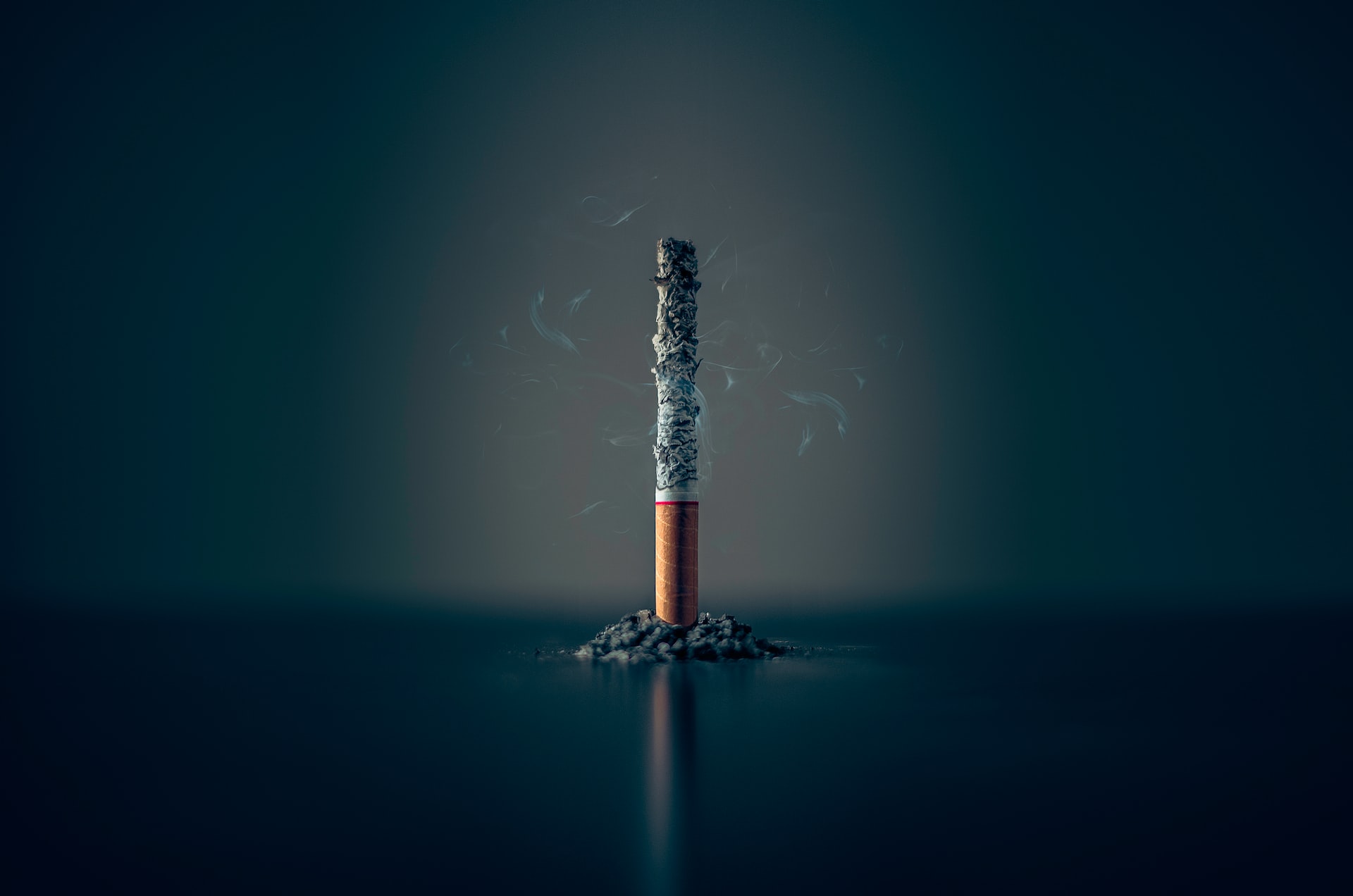Why Cigarette Smoking is Banned in India?

Cigarette smoking is a major public health concern and is a leading cause of preventable deaths worldwide. In an effort to reduce the negative impact of cigarette smoking on public health, many countries have implemented laws and regulations to restrict smoking in public places.
Health Risks of Cigarette Smoking
Cigarette smoking is a leading cause of preventable deaths worldwide, with an estimated 7 million deaths per year attributed to smoking. The health risks of cigarette smoking are well-documented and include an increased risk of lung cancer, heart disease, stroke, and respiratory diseases.

Secondhand Smoke
In addition to the health risks associated with smoking, secondhand smoke also poses a significant public health concern. Secondhand smoke is the smoke that is exhaled by smokers and the smoke that is emitted from the burning end of a cigarette. Exposure to secondhand smoke has been linked to an increased risk of lung cancer, heart disease, and respiratory diseases in non-smokers.
Economic Costs
Cigarette smoking not only poses a significant threat to public health but also has a significant economic impact. The costs associated with smoking include healthcare costs, lost productivity, and costs related to fires caused by smoking.
In India, the government has implemented a number of laws and regulations to restrict smoking in public places and reduce the negative impact of smoking on public health.
The Cigarettes and Other Tobacco Products Act (COTPA) of 2003, bans smoking in public places such as offices, hospitals, educational institutions, and public transportation. The act also requires that all tobacco products carry health warnings and that advertising and promotion of tobacco products is heavily restricted.
The Indian government has also implemented a number of measures to reduce the sale and distribution of cigarettes, such as increasing taxes on cigarettes, banning the sale of cigarettes to individuals under the age of 18, and banning the sale of cigarettes in vending machines.
Furthermore, the Indian government has also implemented a number of campaigns and programs to educate the public about the dangers of smoking and to encourage individuals to quit smoking.
According to a study published in the Indian Journal of Cancer, after the implementation of COTPA in India, there was a significant reduction in smoking in public places, with a corresponding increase in self-reported attempts to quit smoking.
In conclusion, cigarette smoking is banned in India due to the significant health risks associated with smoking and secondhand smoke, as well as the economic costs associated with smoking. The Indian government has implemented a number of laws and regulations to restrict smoking in public places and reduce the sale and distribution of cigarettes, as well as educational campaigns and programs to encourage individuals to quit smoking.
Resources:
- Tobacco – World Health Organization
- Health Effects | Smoking and Tobacco Use | CDC
- Health Effects of Cigarette Smoking | CDC
- What are the health risks of smoking? – NHS
- What are the physical health consequences of tobacco use? | National Institute on Drug Abuse (NIDA)
- Health Effects of Smoking | American Lung Association
- https://www.lung.org/research/sotc/by-the-numbers/10-health-effects-caused-by-smoking
- Health Effects of Smoking on Your Body
- Harms of Cigarette Smoking and Health Benefits of Quitting – NCI
- General Information About Secondhand Smoke
- https://www.cdc.gov/tobacco/secondhand-smoke/health.htm
- Carotid Artery Surgery – StatPearls – NCBI Bookshelf
- pH dependent transfer of nano-pores into membrane of cancer cells to induce apoptosis – PMC





